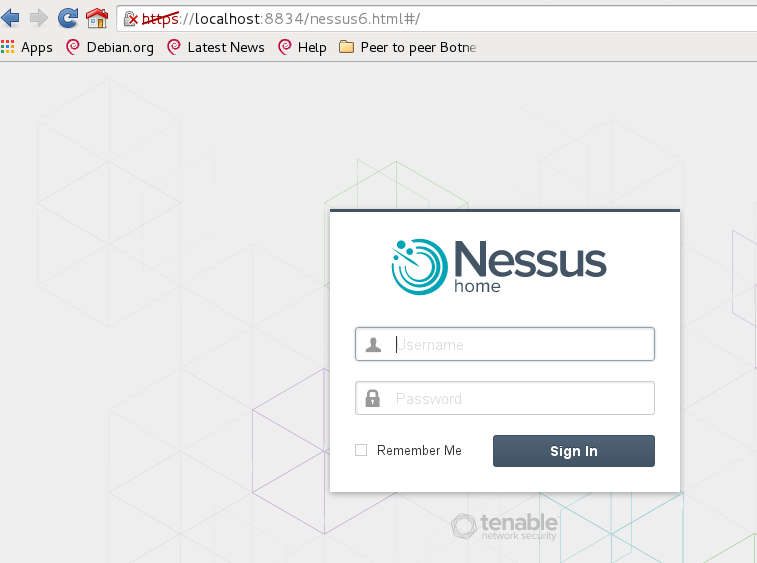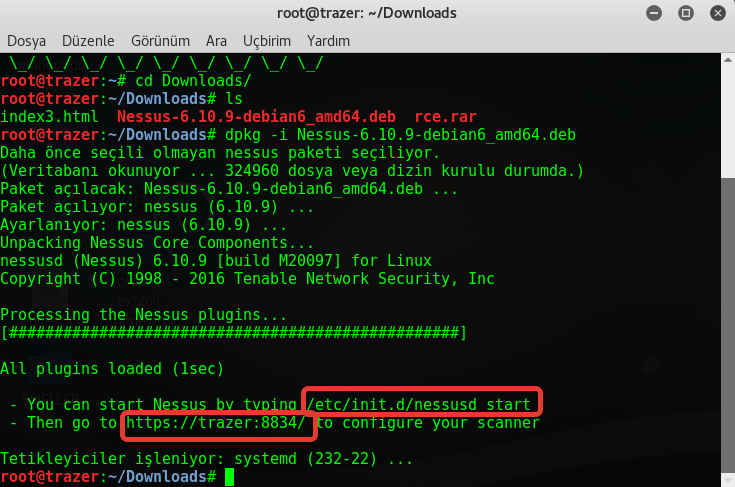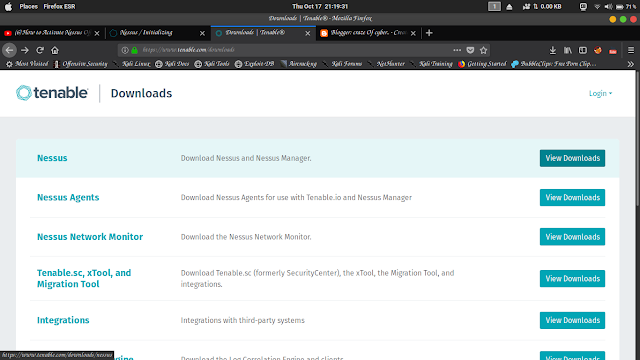

We get a detailed view about the results in the vulnerabilities tab. ☕Īfter the scan is finished we can view the results in a graphical overview. The scan take some time so take a coffee-break. Now the scan is running and you’ll redirected tot he scan-overview. To start the scan, we click on the arrow next to save and launch the scan. If necessary, we could also plan the scan, set up notifications, activate plugins or store access data here. For this example, we will scan a VM from the Metasploitable Project. The name is not mandatory but makes it clearer if you do a lot of scans. Here we fill in the needed information to run the scan. To illustrate, we will perform a basic network scan on a local VM. Some templates are hidden behind a paywall fort he proferssional version. Click on new scan, now you will the overview about all the scan-templates. Probably the most important function here is to create a new scan, so let‘s create a new scan.

Note: You cannot launch imported scans or update policy settings. There is also the possibility to import scans that were exported from Nessus to view the report, edit the scan or export new reports for the scan. You can create a folder for specific project or a couple of scans for a specific group of hosts for example. Now comes the part for which we need Nessus- scans! Here we can set up different things.

This explains very well what is behind the individual setting options.įurther, you can set up SMTP-Server for mail notifications and the monitoring of the scanner itself. The possibilities are so wide that I refer to the Nessus documentation. The advanced section gives us the possibility to modify the settings of our scans, user interface, logging and performance. SettingsĪt the settings tab you can view your license and how many scans are still available in the limited license, the expire date and so on. The GUIĪfter all is finished we can access the Nessus-GUI.įirst look, Nessus doesent look special, but lets figure out what makes it special. Nessus will now install all needed plugins and make it ready to start. On the first start, we have to set up our Nessus instance, select Nessus Essentials and then continue, skip the next page will bring us to the registration page where we insert the activation code that we’ve got from the Nessus Website. To access Nessus-GUI open your browser and connect to your local-ip with the port 8834. Sudo systemctl start rvice Copy Setup Nessus


 0 kommentar(er)
0 kommentar(er)
